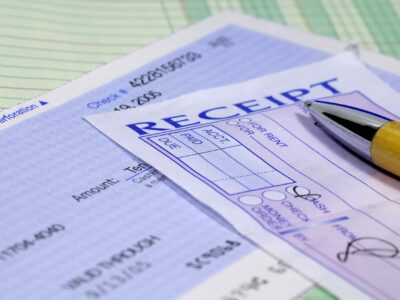
Management must periodically reevaluate the estimated value of the asset as asset deterioration, obsolescence, or changes in market preference may reduce the salvage value. In addition, the cost to dispose of the asset may become more expensive over time due to government regulation or inflation. The difficulty in calculating residual value lies in the fact that both the salvage value and the cost to dispose of the asset may not truly be known until disposition. Residual value formulas differ across industries, but its general meaning—what remains—is constant.
What Is an Asset’s Salvage Value?
One of the first things you should do after purchasing a depreciable asset is to create a depreciation schedule. Through that process, you’re forced to determine the asset’s useful life, salvage value, and depreciation method. Let’s figure out how much you paid for the asset, including all depreciable costs. GAAP says to include sales tax and installation fees in an asset’s purchase price. You must subtract the asset’s accumulated depreciation expense from the basis cost.
Best Practices for Addressing Salvage Value Accounting Challenges
The first estimates the amount of years an asset can be used and then looks at the marketplace to see the sales price of similar assets of the same age. The more commonly used approach how to calculate salvage value of an asset is to simply estimate the salvage value to be zero. This is safer and more conservative in accounting practices so potential auditing issues don’t arise in the future.

Everything You Need To Master Valuation Modeling
Now, you are ready to record a depreciation journal entry towards the end of the accounting period. A depreciation schedule helps you with mapping out monthly or yearly depreciation. So, total depreciation of $45,000 spread across 15 years of useful life gives annual depreciation of $3,000 per year.

Choose a depreciation method
- Residual value also figures into a company’s calculation of depreciation or amortization.
- We’re firm believers in the Golden Rule, which is why editorial opinions are ours alone and have not been previously reviewed, approved, or endorsed by included advertisers.
- It is beneficial to the investors who can then use it to assess the right price of a good.
- You might learn through research that your asset will be worthless at the end of its useful life.
- The residual value, also known as salvage value, is the estimated value of a fixed asset at the end of its lease term or useful life.
Though residual value is an important part in preparing a company’s financial statements, residual value is often not directly shown on the reports. Some assets are truly worthless when they’re no longer of use to your business. If there’s no resale market for your asset, it likely has a zero salvage value. The Financial Accounting Standards Board (FASB) recommends using “level one” inputs to find the fair value of an asset.

It is the anticipated value of the asset, considering elements such as depreciation, age-related deterioration, and becoming outdated. Salvage value is the projected worth of an asset when it has completed its useful cycle or is no longer being utilized. Think of it as a ledger chronicling your asset’s journey through time and wear. It is tallied by aggregating the annual loss in value for the entire duration you have owned it. Consider it a gauge indicating the extent to which your asset has aged or deteriorated. You get it by adding up the value it has lost yearly for as long as you have owned it.

How To Calculate an Asset’s Salvage Value
